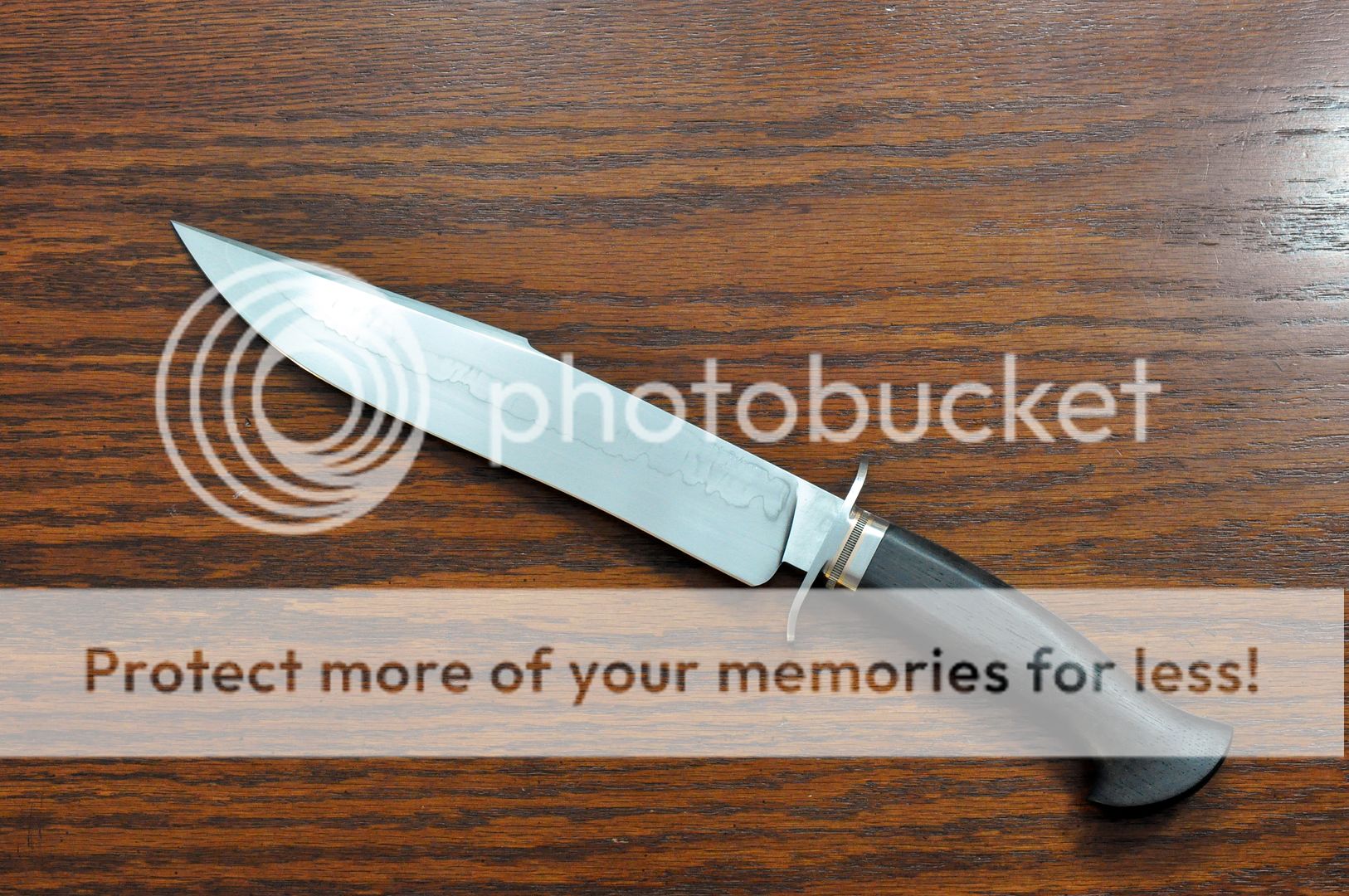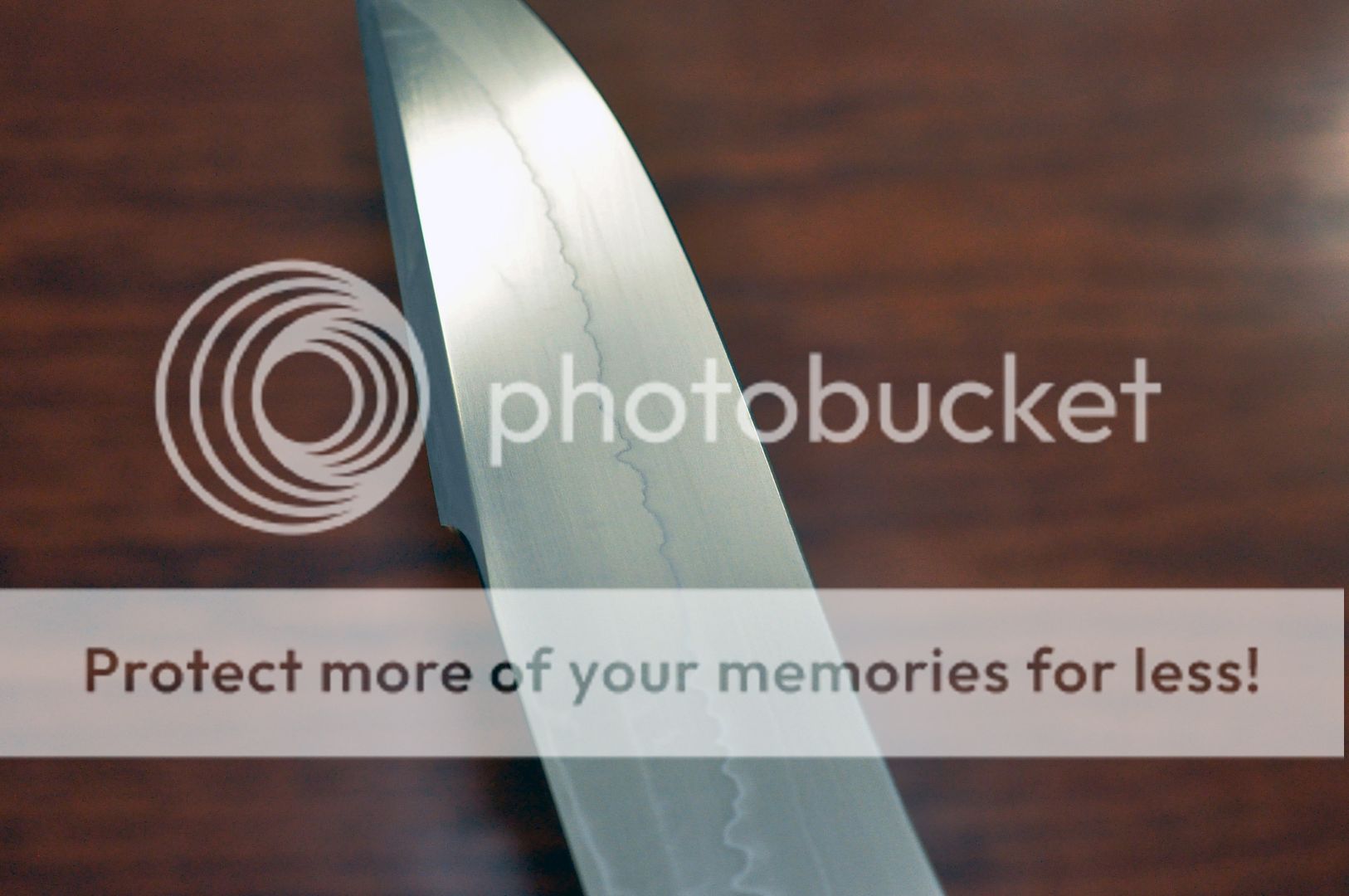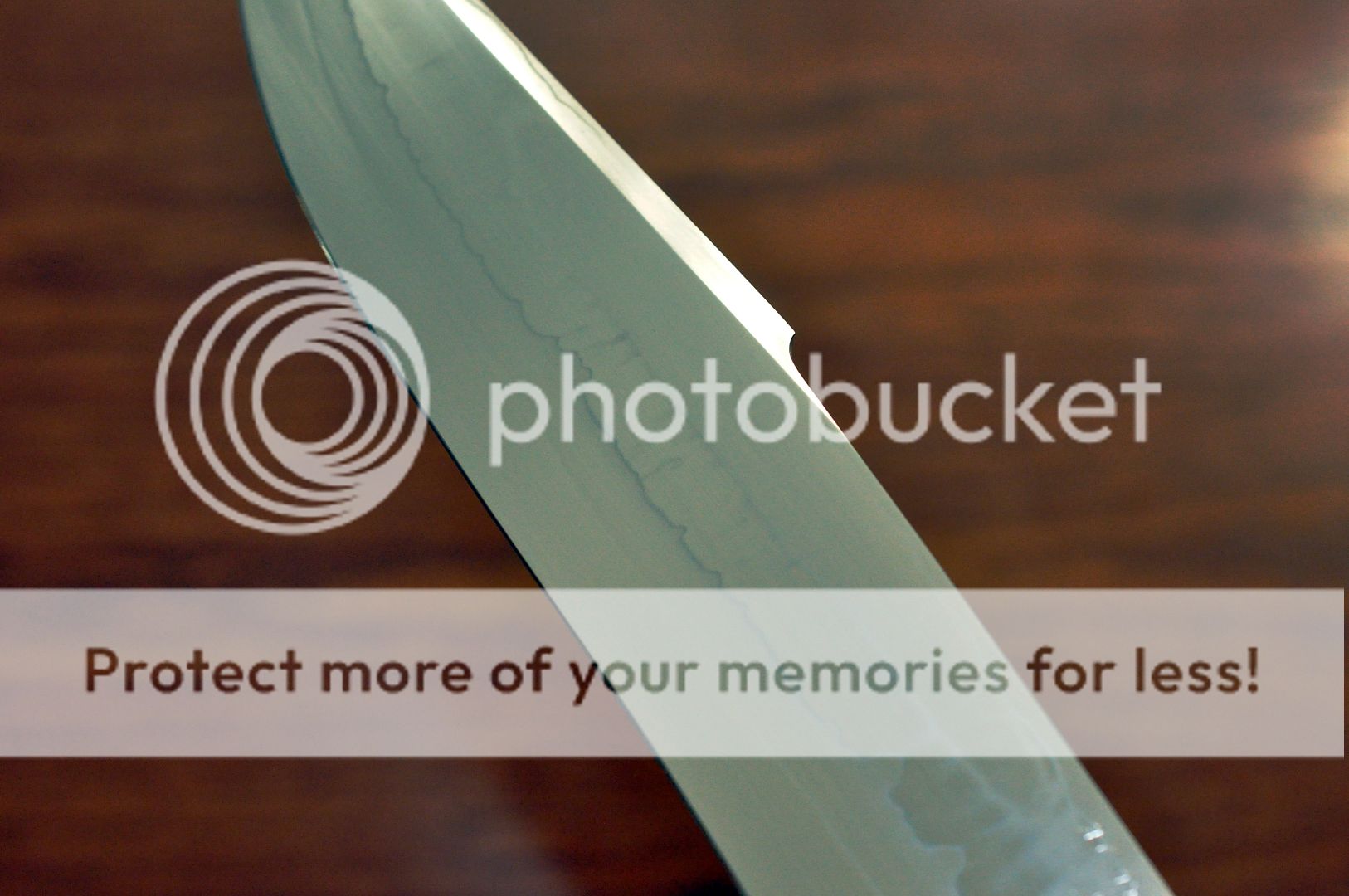There is a Japanese swordsmith well known for no-clay technique. His name is Sugita Yoshiaki. Here are a few links to photos of his blades:
http://kendounet.seesaa.net/article/357971700.html
http://www.tousyoukai.jp/kikaku/mamori/mamori5/5_toushin_9.jpg
https://encrypted-tbn2.gstatic.com/...1XtoYR0q2U0Rbk723dptNQCnKyhmJlBB6N6S1E2nGAbzg
http://kendounet.seesaa.net/article/357971700.html
http://www.tousyoukai.jp/kikaku/mamori/mamori5/5_toushin_9.jpg
https://encrypted-tbn2.gstatic.com/...1XtoYR0q2U0Rbk723dptNQCnKyhmJlBB6N6S1E2nGAbzg
Last edited:



